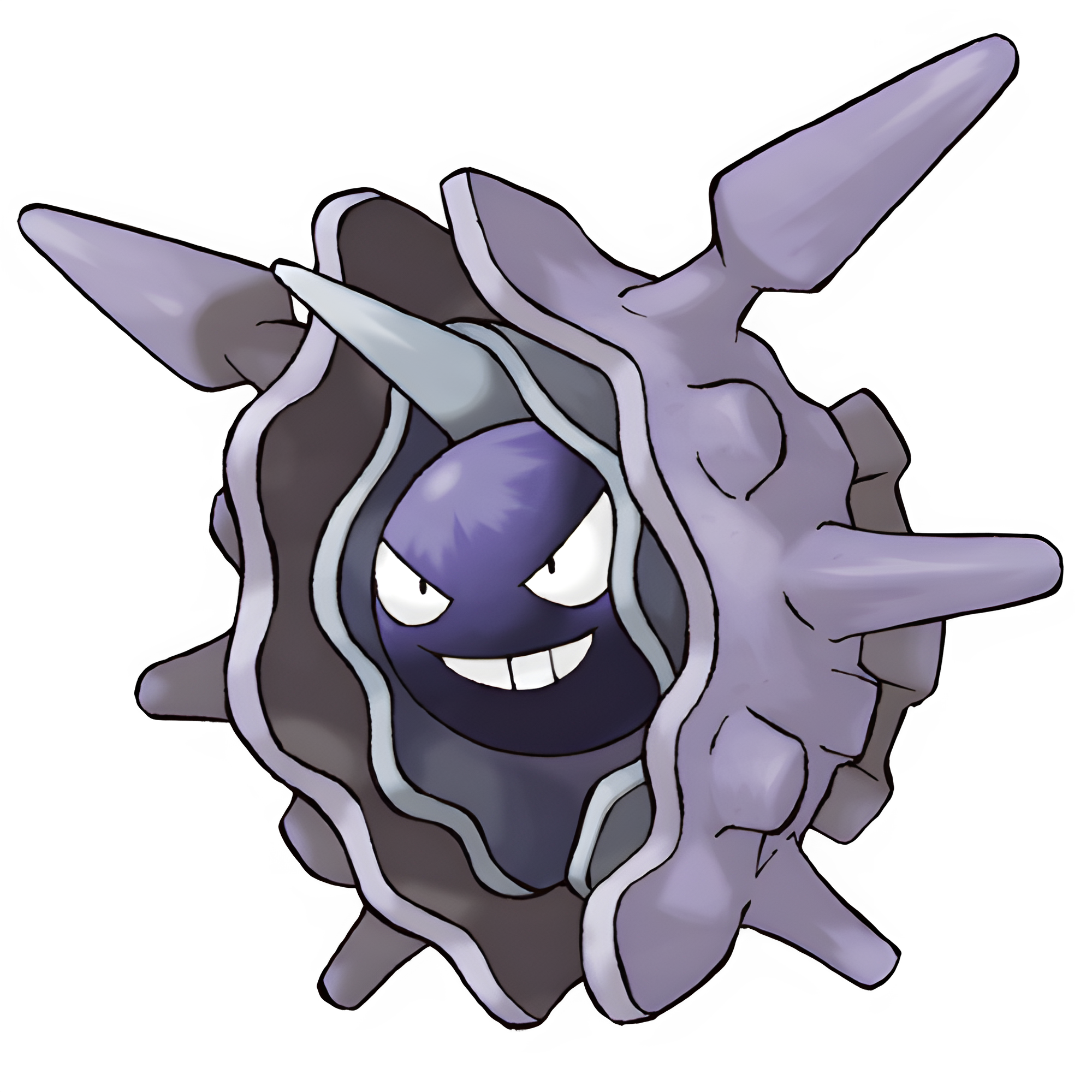Facts for Kids
Cloyster is a spiky, shellfish-like Pokémon known for its formidable defensive capabilities and icy attacks.
Overview
Nutrition And Diet
Habitat And Distribution
Biology And Classification
Reproduction And Life Cycle
Behavior And Social Structure
Conservation Status And Efforts
Interactions With Other Species
Adaptations And Survival Strategies

Inside this Article
Climate Change
Tentacool
Magikarp
Deep Sea
Shellder
Freezing
Pokémon
Travel
Stone
Did you know?
🐚 Cloyster is a dual-type Water/Ice Pokémon first introduced in Generation I.
💧 Cloyster evolves from Shellder when it is exposed to a Water Stone.
⚡ Cloyster has the highest Defense stat of all Ice-type Pokémon.
🌊 Cloyster's signature move is Ice Beam, showcasing its Ice-type capabilities.
🦪 Cloyster's shell is extremely hard and can withstand powerful attacks.
🔥 Cloyster is known to be very effective against Grass, Dragon, Flying, and Ground-type Pokémon.
🌌 Its Pokédex number is #091, making it part of the original 151 Pokémon.
❄️ Cloyster can use moves that allow it to set up hazards like Spikes in battle.
🌟 Cloyster can also learn the devastating move Hydro Pump.
🛡️ In Pokémon GO, Cloyster has a high catch rate but can be tricky to evolve.
Introduction
It is a Water and Ice-type Pokémon that resembles a large shellfish with a hard shell. Cloyster evolves from Shellder when it is used with a Water Stone. This Pokémon is known for its powerful abilities and hard spikes, making it a tough opponent in battles! Cloyster is number 091 in the Pokémon Pokédex. With its distinctive design and unique abilities, Cloyster has captured the hearts of many trainers around the world!
Nutrition And Diet
It mainly feeds on other smaller Sea Pokémon, such as Krabby and Magikarp. Cloyster uses its tongue to catch prey, sucking them in quickly. In the wild, it can sometimes be spotted in swarms, hunting for food. Cloysters need to consume enough nutrients, especially in cold waters, to keep their energy up and fight well!
Habitat And Distribution
You can encounter Cloyster near rocky shores or deep sea areas in the Pokémon games! It is often seen in places like the Seafoam Islands in the Kanto region. Cloyster loves to hide among the rocks and coral to stay safe from predators. Due to its icy nature, you won’t find Cloyster in hot locations like the desert!
Biology And Classification
Its body is covered in a hard shell that can close tightly, providing excellent protection! Cloyster's ability to create Ice-type attacks makes it very special, especially against Fire-type Pokémon, as they are weak to ice!
Reproduction And Life Cycle
After laying eggs, they won't be cared for by the parents, but the eggs will hatch into baby Shellders! These baby Pokémon will grow into Cloysters over time, especially if they are given a Water Stone. It takes time for Shellder to evolve, and patience is key for trainers who want a powerful Cloyster!
Behavior And Social Structure
️ It often keeps to itself, hiding in its shell until it feels safe. When threatened, it will close its shell tightly and wait until danger passes. However, in battles, Cloyster can be very aggressive! It uses its sharp spikes to defend itself and can unleash powerful Ice-type moves. Cloysters are not known to travel in groups, instead preferring to take on challenges by themselves!
Conservation Status And Efforts
Many Pokémon can be affected by pollution and climate change, which can hurt their populations. Trainers can help protect Cloyster by ensuring they do not capture too many and by supporting ocean clean-up efforts! It’s important for trainers to respect all Pokémon and keep their home safe!
Interactions With Other Species
While it’s a predator to some, it can also be prey to stronger Pokémon like Gyarados! Trainers might battle Cloyster to earn experience points and improve their Pokémon team. Cloyster has special moves that can be very effective against Flying and Grass-type Pokémon, allowing it to interact competitively with a variety of species!
Adaptations And Survival Strategies
️ Its tough outer shell protects it from predators and harsh weather. Cloyster can also shoot powerful Ice moves, freezing its enemies in place! The spikes on its shell are sharp enough to deter attackers. Additionally, its ability to hide in its shell allows Cloyster to stay safe until it's ready to fight!

